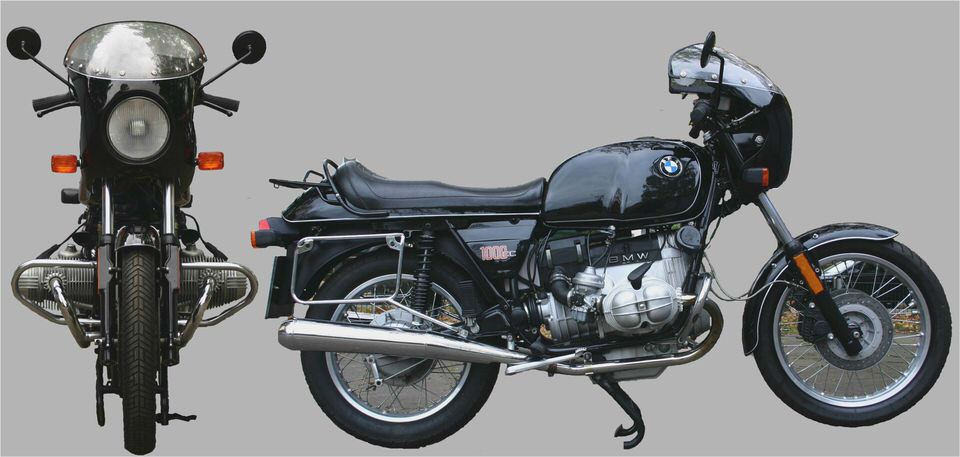
2013 BMW R1200GS – First Look The look’s the same, but almost everything else is new.
BMW has revolutionized its sacred boxer-Twin. It is not the first time, but switching from traditional air cooling (air/oil cooling, lately) to liquid cooling symbolizes the most radical departure from the reasons that, in 1923, led BMW technician Max Friz to turn 90 degrees an already-existing longitudinal boxer-Twin to create the R32 model. This was the first bike featuring a transversely mounted boxer-Twin that cooled much better than when placed according to the original orientation.
Now, what BMW calls “precision cooling,” derived from its experience with Formula One engines, circulates a specific coolant only around the sections of the engine that experience the highest temperatures: the heads and upper section of the cylinders where hot combustion gases expand. The rest of cooling remains entrusted to air circulating through appropriately dimensioned fins.
The coolant is based on glycolethylene like that used in aircraft piston engines and allows the use of two inconspicuous radiators to keep the BMW R series’ “clean” look. Compared to the previous air/oil cooling system, this latest one increases weight by six pounds.
Triumph pulled the wrapper off … [Read More. ]
The new engine retains the same 101.0 x 73.0mm bore-and-stroke measurements of the previous R1200, but that is where the commonality ends. The thermodynamic section is totally new and much more rationally designed and laid out than it was in the last “radial-valve” unit that, among other complexities, included camshafts with one inlet and one exhaust cam lobe each. Now, the dohc valvetrain is simplified and driven by a single loop of chain.
Valve diameters are 40mm (inlet) and 34mm (exhaust), and the valves are angled at 8 degrees and 10 degrees, respectively, for an included angle of only 18 degrees. This narrow included angle and the finger-type cam followers are also inspired by F1 engines. The combustion chamber is very compact and a 12.5:1 compression ratio has been achieved with slightly dished pistons for a high thermodynamic efficiency.
The engine breathes through downdraft 52mm throttle bodies to deliver a claimed 125 horsepower at 7700 rpm and 92.2 foot-pounds of peak torque at 6500 rpm. The crankshaft is now much more compact, thanks to the reduced width of the connecting rods and consequent reduced parallel misalignment of the opposing cylinder. This was possible thanks to the enlarged diameter of the crank journals, from 48mm to 50, which increased the load capacity of the related bearings, thus reducing their width.
The main journal diameters were reduced from 60mm to 55. The new crankshaft is more rigid and lighter. The reduced misalignment of the cylinders causes less rocking imbalance and related vibrations, and favors the much-higher rotational speed needed to produce the new level of power.
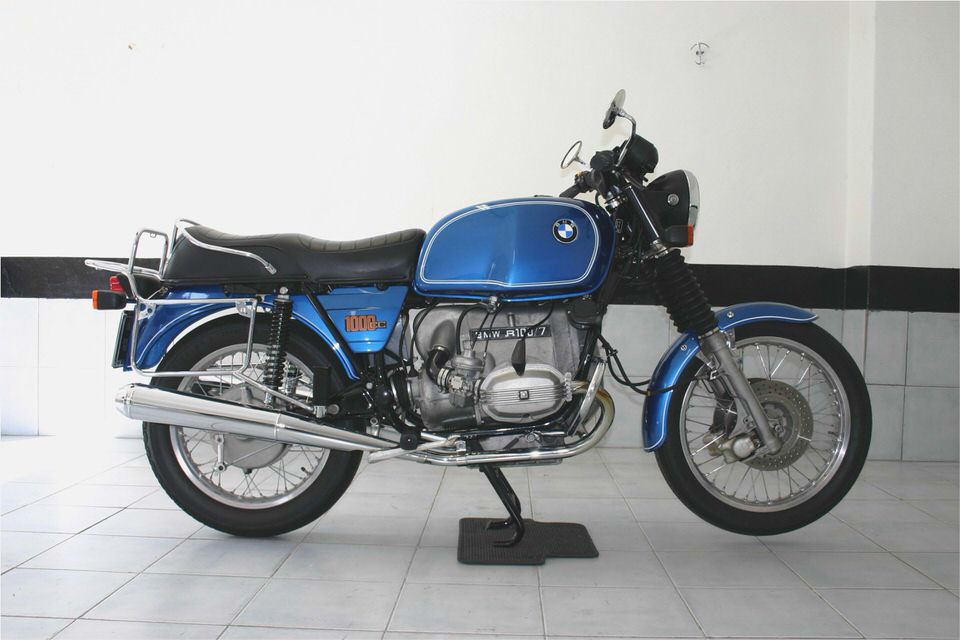
Also new are the oil-bath multi-disc clutch and six-speed gearbox, which is now fully integrated into the crankcase for additional compactness and smoothness of operation. The new clutch is a slipper-type, and the shaft drive uses lighter components. The final drive and single-sided swingarm are now moved to the left side.
The new R1200GS abounds with electronic controls. Throttle actuation is “by wire,” and the five riding and engine-response modes (Rain, Road, Dynamic, Enduro and EnduroPro) are rider-selectable. Of course, ABS and traction control are included.
Unlike the engine, the frame is only marginally revised. The new GS spans the same 59.3 inches and has its steering geometry set at a sensible 25.5 degrees for 3.9 in. of trail. Front Telelever suspension now sports stanchions with diameters reduced from 41mm to 37, while swingarm length has been increased from 21.1 in. to 23.1. BMW electronically managed ESA semi-active suspension is included.
Specifically developed for the GS, front and rear tires are Metzeler Tourances, 120/70-19 front and 170/60-17 rear. These new Metzelers are more touring-oriented, and the new GS uses Brembo Monobloc radial-mount brake calipers in combination with double 305mm rotors to haul the big Beemer to a stop.
With a new LED headlight and a more protective and easily adjustable windshield, the new—revolutionary, even—engineering in the R1200GS is not all visible, but the boxer retains its signature adventure-bike look. Maybe more importantly for GS fans and BMW, it retains the key elements of BMW-ness created nearly a century ago by Max Fritz. Nobody mistook the R32 for anything else on the road, and nobody will mistake the latest R1200GS for anything else, either.

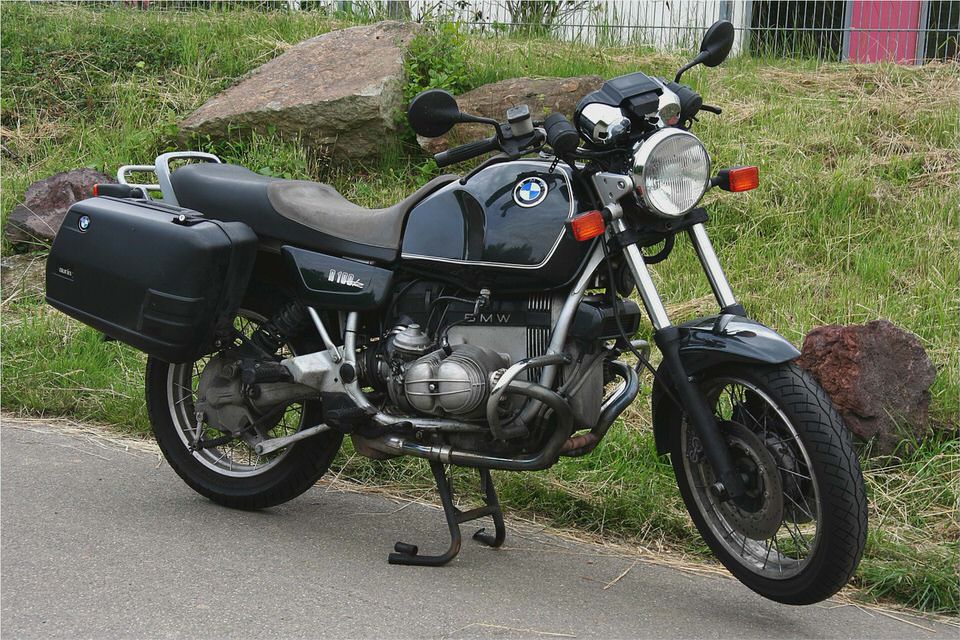
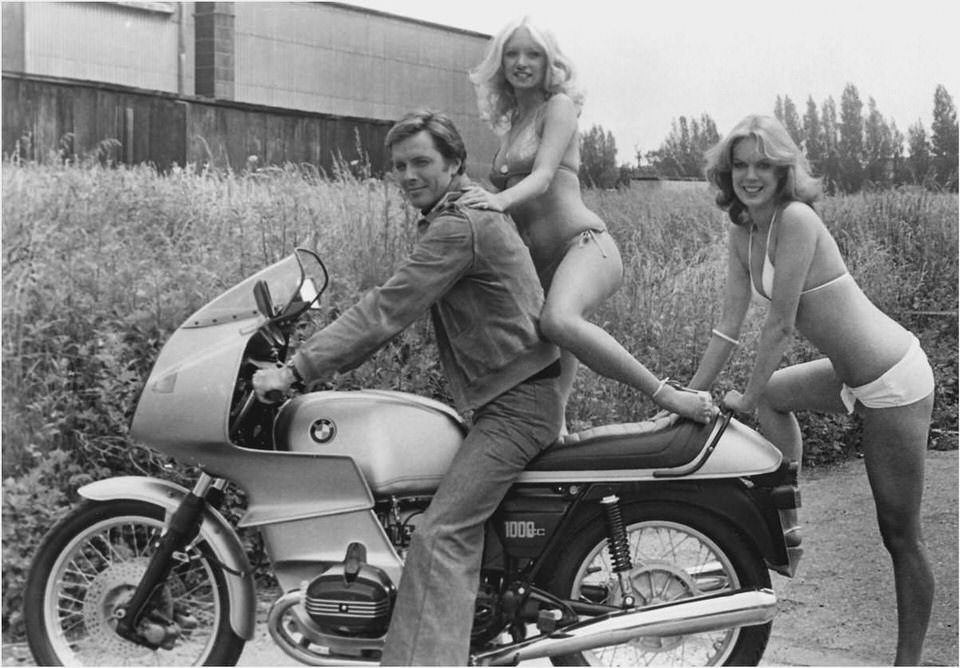
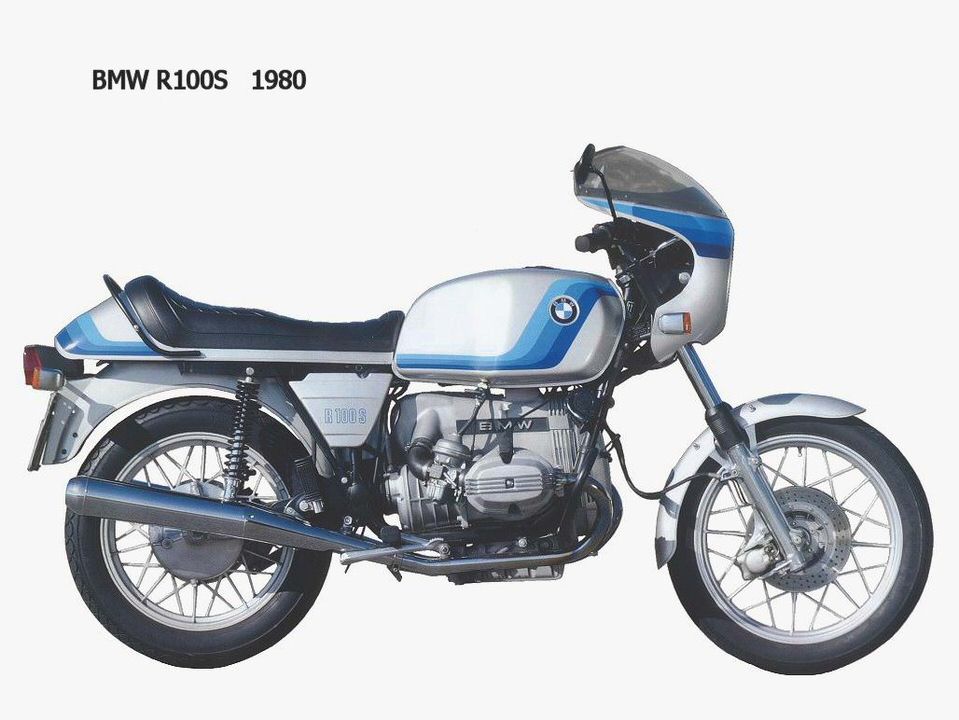
- Bmw touring:
- 1991 BMW 850 V12 6 Speed Home Page
- BMW Cars, BMW Vehicles Autobytel.com
- 2004 Volkswagen R32 (VW) Page 1 Review – The Car Connection
- Vintage BMW Motorcycle and Sidecar

